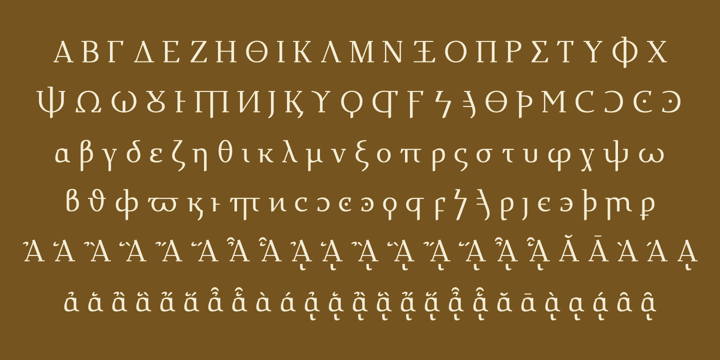

Shoshone people traveled west over the Wind River Range in spring, likely via South Pass, and arrived at Willow Lake north of present Pinedale, Wyo., in mid-June on the heels of migrating deer, pronghorn, and elk. Anthropologist Demitri Shimkin mapped these routes in the 1930s after consulting an 1875 report by Capt.

These names give us a glimpse of how people viewed the land as they moved across it through the seasons.įrom 1825 to 1875, the Eastern Shoshone made seasonal trips through western Wyoming. Place names in Shoshone, Arapaho, Crow, Cheyenne, Lakota and other languages make clear that animal and plant foods like mountain sheep and yampa root shaped the indigenous concept of place. Even today, many of Wyoming’s highways roughly parallel routes established by pedestrian or horse-mounted hunters hundreds of years ago.Īmerican Indian place names in what is now Wyoming describe a vivid world defined in part by the seasonal resources found at specific locations. In many cases, the travel routes established by American Indians followed natural corridors of rivers or passes that traversed mountains and crossed between sagebrush basins.įur trappers, the military and settlers later incorporated these pragmatic American Indian routes into transportation routes like the Oregon Trail and the Bozeman Trail, the roads over Togwotee Pass in the Wind River Mountains or Sylvan Pass near the East Entrance to Yellowstone National Park, or the ring roads in Yellowstone. These same trails also served other purposes, such as trade, war, harvesting tepee poles or visiting extended family members. Tribes moved across an extensive network of trails to hunt migratory game and harvest plant resources. In 1891, Theodore Roosevelt witnessed a party of Shoshone hunting elk just south of Yellowstone National Park at Two Ocean Pass, the headwaters of the Snake and the Yellowstone rivers. Hayden’s guide, Michel “Mitch” Boyer, said Indian hunters had used the trap only eight years earlier, and that Arapahos had built it. In 1859, the geologist Ferdinand Hayden found a pronghorn pit trap on a divide between the Cheyenne and North Platte Rivers in what’s now eastern Wyoming. In 1857, the Warren survey expedition found Dakotas surrounding a herd of bison in the northern Black Hills. Oregon Trail chronicler Francis Parkman encountered Oglala Lakota people hunting bison on the Laramie Plains in 1846 as did the Stansbury Expedition in 1850. The historical record describes American Indians hunting migratory ungulates-that is, large, cloven-hoofed animals like elk, moose, deer, bison and pronghorn antelope-in all corners of Wyoming.
#INDIAN FONT AMERICAN HOW TO#
Indigenous knowledge of how to navigate and survive on the landscape was highly developed in all tribal cultures. Such patterns of subsistence created the foundation of American Indian geography in this region through the mid-1800s. This was the Crow strategy both for pursuing migratory game animals and for making the best use of forage, edible plants, and other resources on the landscape. With the coming of winter, they took shelter in woody bottoms, like those along the Wind River, that offered cottonwood bark and salt weed for grazing horses. In the fall, the Crow would hunt bison on the plains and trap beaver.

He described hunting elk, deer, antelope and bighorn sheep in summer at high elevations, where horses grew “fat and strong from the mountain pastures.” His people followed seasonal abundance through the mountains and plains, making a living off the natural cycles of wildlife migrations. When the summer heats scorch the prairies, you can draw up under the mountains, where the air is sweet and cool, the grass fresh, and the bright streams come tumbling out of the snow-banks.”Īrapooish clearly possessed a deep knowledge of geography and ecology in his part of the world, today’s northern Wyoming and southern Montana. “It has snowy mountains and sunny plains all kinds of climates and good things for every season. Army officer Robert Campbell in the 1830s. “The Crow country is exactly in the right place,” Crow Chief Arapooish told U.S.


 0 kommentar(er)
0 kommentar(er)
